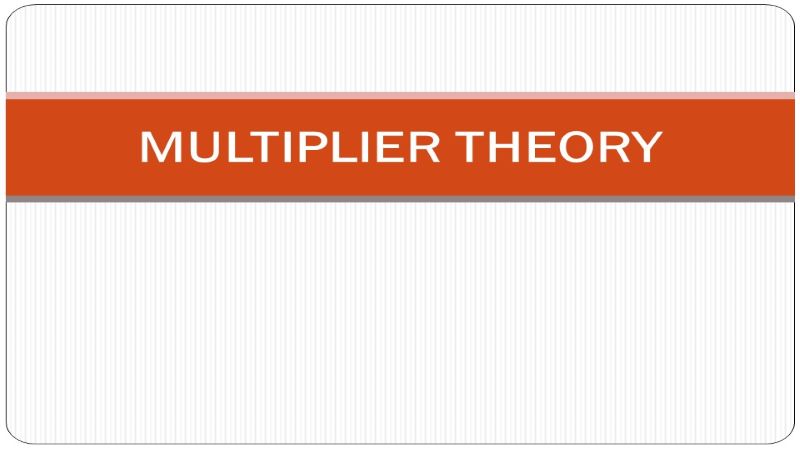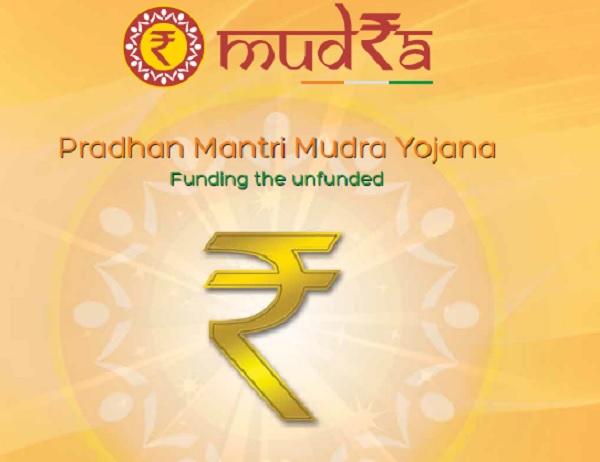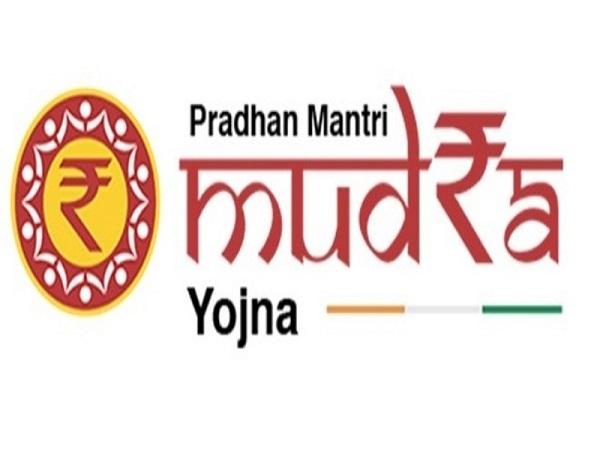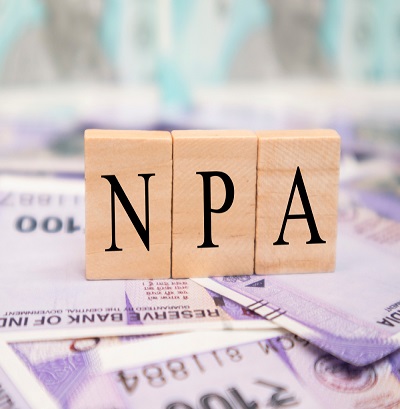Multiplier Theory
February 15, 2021Module 4 – Introduction to Indian Economy – Post Liberalization
April 11, 2021
International Journal of Creative Research Thoughts
ISSN (Online): 2320 – 2882
www.ijcrt.org || Volume 8 Issue 12 || December 2020 || PP—3022-3029
M
udra Yojana was one of the most ambitious program started by Modi Government in the year 2015. MUDRA or Micro Units Development and Refinance Agency was setup with an aim to provide easy credit to the start-ups and small, medium and micro enterprises. The loans disbursed under MUDRA scheme is categorised into three categories
- SHISHU (loans up-to 50000)
- TARUN (loans from 50001 to 5 lakh)
- KISHOR (loans from 5 lakh to 10 lakh)
The names Shishu, Tarun and Kishor signifies the funding needs of the entrepreneur or the start-up. The major objectives of the MUDRA scheme are to generate employment both direct and indirect, encourage start-ups, provide for the financial needs of small and medium enterprises which consists of almost 93% of India’s work force, to formalise the economy as major portion of these MSMEs work as informal business unit without any registration, till now most of the MSMEs and entrepreneur depended on informal money lenders, friends, relatives and access to formal banking was very limited so to streamline these underserved section of small businesses and entrepreneurs and give them access to formal banking system became important. MUDRA was established as wholly owned subsidiary company of SIDBI and NBFI registration from RBI on 8th April 2015. The present authorised capital of MUDRA is 5000 crore rupees with paid up capital of 1657.93 crore. SIDBI has allocated the whole capital of MUDRA. RBI from the shortfall of priority sector lending of commercial banks has allocated 20000 Crore to create Refinance Corpus Fund.
M
MUDRA only provides loans to non-agricultural businesses though agri-allied activities are included under MUDRA scheme such as bee keeping, poultry farming, etc. Micro-credit scheme under MUDRA provides loans upto 1 lakh rupees which are financed through microfinance institutions. Under MUDRA there is also provision for refinance scheme for commercial banks, scheduled co-operative banks and regional rural banks (RRBs). MUDRA also has women enterprise program for women entrepreneurs and lastly it also covers securitisation of loan portfolios. The innovative MUDRA card provides working capital facility as cash credit management tool. It acts like a debit card which is issued to all MUDRA loan account holders for working capital portion of the loan. It can be used to withdraw money from the loan account from any ATM across the country. MUDRA card can also be used to make payments through any point of sale machines. The types of activities which can be covered under MUDRA loans are as follows:
- Buying transport vehicle
- Businesses under the domain of community, social and personal service activities
- Food products industry
- Textile industry
- Business loans for traders and shopkeepers
- Equipment finance scheme for Micro units
- Agriculture allied activities
To Cite the article (APA Style):
Gupta, S., & Sanghvi, D. (2020). A study on Socio - Economic Impact of Mudra Scheme. International Journal of Creative Research Thoughts, 8(11), 3022-3029. Retrieved from https://www.ijcrt.org/papers/IJCRT2012325.pdf








